Used paper is big business
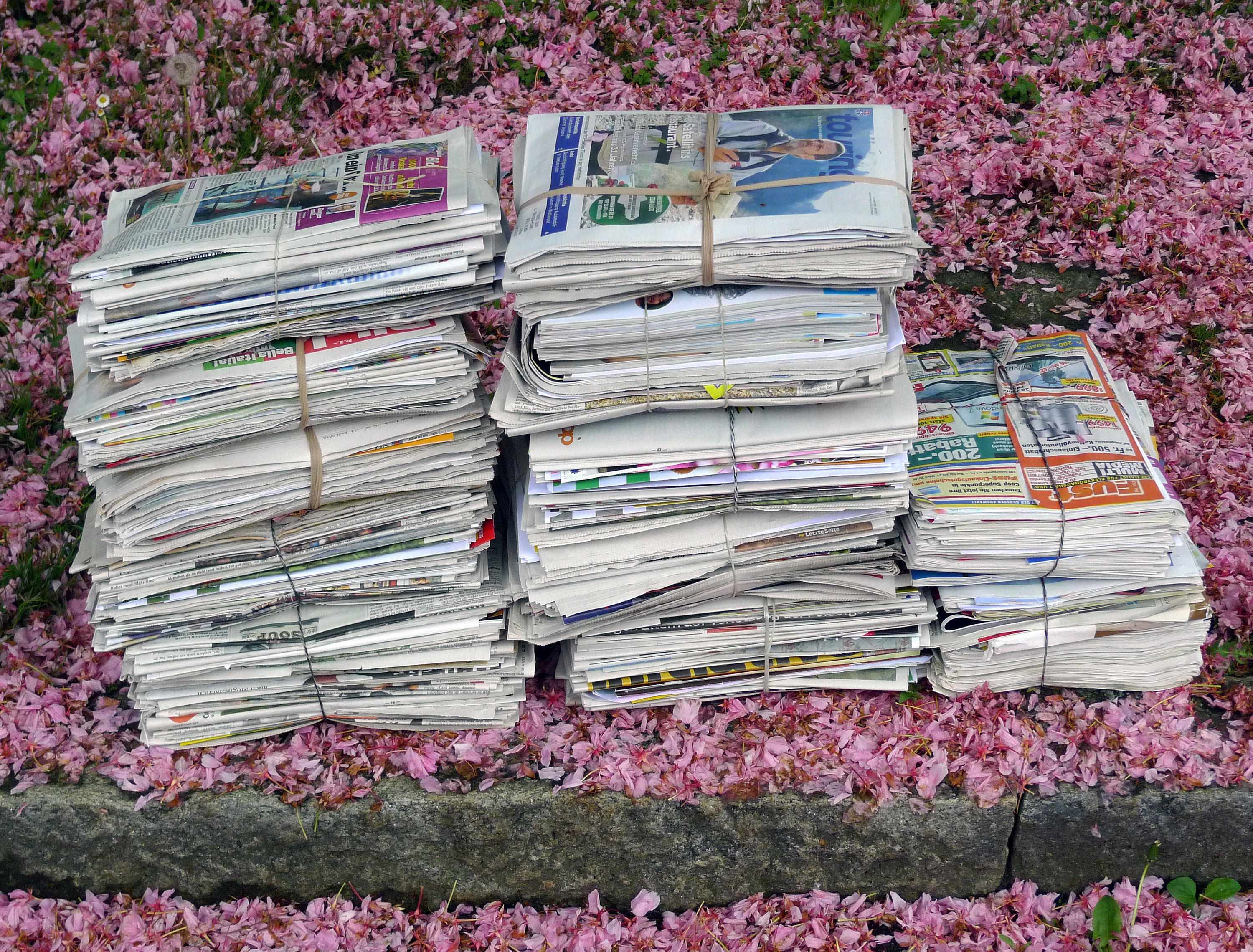
Once part of the rubbish, used paper has long since shed its dowdy image to become a valued commodity when it comes to manufacturing newspapers and packaging. But rising prices for this highly coveted second-hand material could pose a threat to tradition-rich Swiss paper mills.
The lucrative business of used paper – discarded newspapers, cardboard, and the like – can even end up being discussed before courts of law. In August, the administrative court in the capital Bern had to decide who would get their hands on the approximately 14,000 tons of neatly bound stacks of paper that residents leave outside their front doors every year.
The contract finally went to a Swiss firm from canton St Gallen, leaving two established Bernese companies out in the cold holding the short end of the stick. One, Alpabern, had been collecting old paper in the city of Bern since 1985, while the other, Utzenstorfpapier, has been processing old paper into new for decades.
“The price was decisive,” says Alain Probst, a spokesman for the Utzenstorf firm. The winning bidder had offered the city of Bern CHF90 ($98) per ton of waste paper, CHF10 more than the Bernese bid.
Probst points out fact that local communities, increasingly focused on the bottom line, neglect to question how far the waste paper will be transported and what will become of it.
But the city’s head of recycling, who is in charge of the city’s used paper, disputes this claim. One of the conditions set out in the tender was that the used paper had to be disposed of in Switzerland, a criterion apparently fulfilled by the winning bid.
The recycling of used paper and cardboard to produce new paper or packing materials has a long tradition in Switzerland.
When used paper is recycled, more wood stays in the forests or is available for other uses. With used paper contributing an average of 50% towards paper production, only half the amount of wood is necessary. In some paper factories, newspaper may even consist of up to 100% recycled paper.
In comparison to primary-fibre paper, recycled paper also uses up to 60% less water and 70% less energy, leading to significantly lower CO2 emissions.
Old newspapers and illustrated magazines are considered particularly desirable for recycling.
Swiss residents collect 160 kilograms of old paper per year. With recycling at around 82%, the Swiss are the world champions.
Forty per cent of the 1.5 million tons of old paper and old carton that are recycled in Switzerland stem from private households.
Europe as a whole collects approximately 60 million tons of old paper and cartons annually.
(Source: Association for Recycling Paper + Cartons, Bern)
Asian demand
Old paper has gone from undesirable waste product to valued commodity. This is due not only to technical developments in machinery that have made it possible to produce continually larger quantities of higher quality recycled paper to an excellent standard, but also because of the burgeoning demand for used paper in Asia.
China alone takes about ten million of the approximately 60 million tons of old paper generated annually in Europe. The world’s second largest economy needs the material to produce packing materials for its export industry.
High prices have therefore led to a situation where “scrap” is transported throughout Switzerland, and ever more frequently abroad.
Up until a few years ago, schoolchildren or clubs collected old paper and brought it to the nearest recycling centre for disposal. But nowadays more and more communities hire professional firms to dispose of paper. Unless otherwise agreed, paper is shipped to wherever it is most profitable.
Of the approximately 1.5 million tons of used paper produced in Switzerland each year, about one third was exported, but 300,000 tons were also imported.
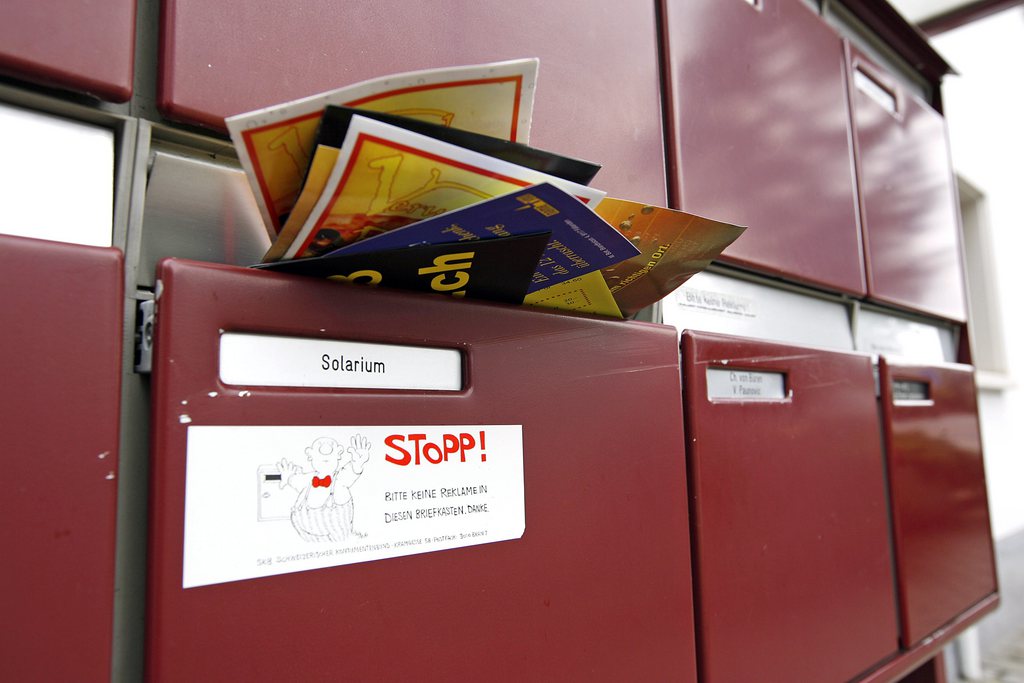
More
How I lost my junk mail battle
Millions in losses
Tight supplies have hit Swiss paper mills hard. Perlen Papier, the largest recycler of paper in Switzerland, recorded a CHF24.8 million loss in 2012.
According to spokesman Michel Segesser, this was primarily due to overcapacity in Europe pushing prices down for new paper. But another important factor was the high cost of raw material.
“The used paper that we import from abroad – just about half of our needs – is about twice as expensive as the Swiss equivalent.”
Although the firm expects similarly high losses this year, it is upbeat about the future.
“We have the most modern production facilities in Europe,” says Segesser. “Thanks to this investment we have already been able to massively sink our costs per ton. Our competitors have not made this kind of enormous investment yet.”
As the Swiss market leader, Perlen Papier has been able to sell its goods despite the tough market unlike some of its competitors. “Some, mostly large, companies are cutting back and shutting down facilities,” adds Segesser. “This year more than a million tons will disappear from the market.”
For Bern’s former recyclers, the situation is tight. “We don’t release figures, but 2013 was a very difficult year for us,” admits Probst. Their factory is one of the European pioneers in paper recycling and is the largest Swiss consumer of used paper gathered by the municipalities.
About 25% of the 600,000 tons of paper Swiss households throw out each year is brought to Utzenstorf and made into new paper there.
“Up to now we were able cover almost all of our needs with Swiss waste products. But because of the decisions of certain municipalities, we will also have to import,” Probst said.
(Translated from German by Kathleen Peters)

In compliance with the JTI standards
More: SWI swissinfo.ch certified by the Journalism Trust Initiative

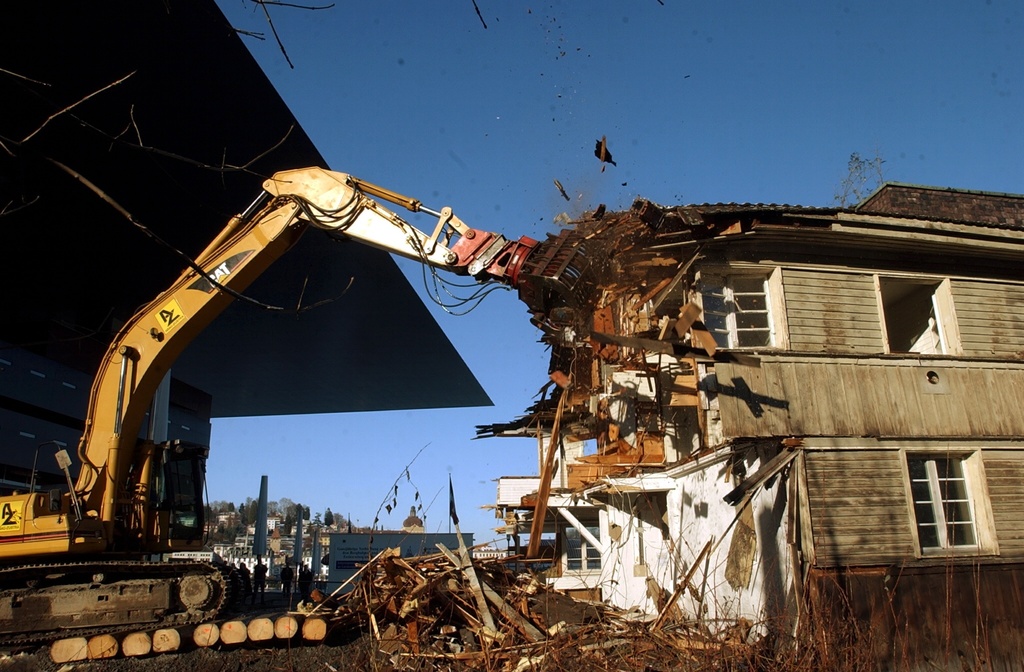

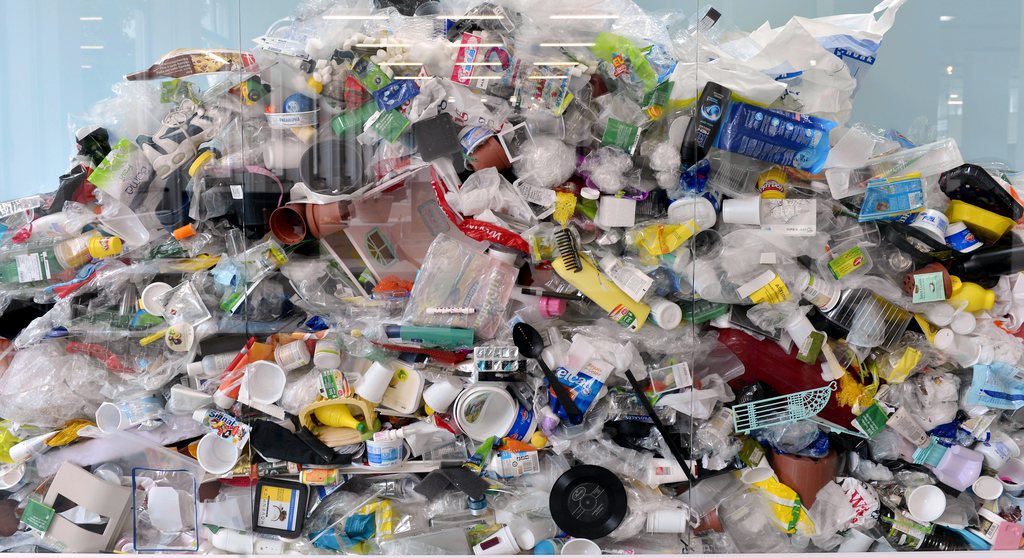
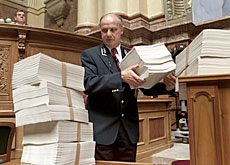
You can find an overview of ongoing debates with our journalists here. Please join us!
If you want to start a conversation about a topic raised in this article or want to report factual errors, email us at english@swissinfo.ch.